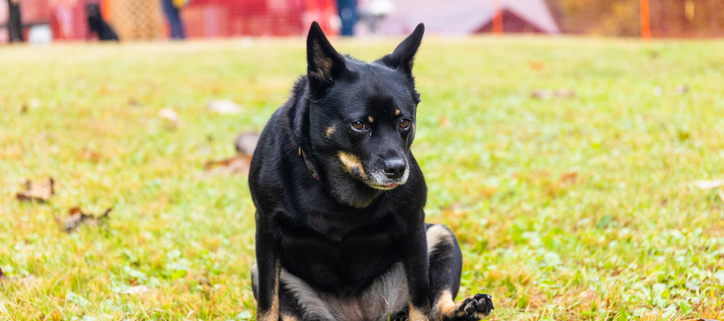Dogs and Scooting: Understanding the Causes and Taking Appropriate Action
As dog owners, we often see our furry friends engaging in an odd behavior called scooting. This act, where dogs drag their bottoms across the floor, can be amusing and concerning. While it may seem harmless, scooting can indicate underlying issues requiring attention and care. This article will explore the potential causes of scooting in dogs and discuss the necessary actions to ensure their health and well-being.
Scooting in dogs is often attributed to discomfort or irritation in the anal area. Several factors can contribute to this behavior, including anal gland problems, gastrointestinal issues, allergies, or parasites. Anal gland impaction or infection is a common cause of scooting. These small glands near the dog’s anus can become clogged or infected, causing discomfort and prompting them to scoot.
Gastrointestinal problems like diarrhea or constipation can also lead to scooting, as dogs may try to alleviate the discomfort by dragging themselves on the floor.
If you notice your dog scooting, examining the potential causes and taking appropriate action is essential. Start by checking their anal area for signs of redness, swelling, or discharge. If you suspect anal gland issues, consult your veterinarian, who can safely express or treat the glands if necessary. If scooting persists or is accompanied by other symptoms such as excessive itching, diarrhea, or vomiting, it’s essential to seek professional veterinary advice to identify and address the underlying cause.
While scooting may seem peculiar, it often indicates an underlying issue that requires attention. Anal gland problems, gastrointestinal issues, allergies, or parasites can contribute to this behavior in dogs. If you notice your dog scooting, it’s crucial to examine its anal area, monitor their overall health, and consult a veterinarian if necessary. By identifying and addressing the root cause, we can ensure our furry friends remain comfortable, healthy, and free from the discomfort associated with scooting.



